This is a guest post by Janet Shin, shared here with permission. The views are Janet's own and do not necessarily reflect the views of Edge City. Read more Edge City Fellowship reflections from Jason, Yogya, Anh, and Ivy.
Introduction
Janet is a neuroscience student at UC Berkeley driven by a desire to improve mental health through neurotechnology. Through this mission, she became interested in neuromodulation for treating conditions such as depression and anxiety. However, she recognized that limited access to high-quality structural imaging was a major industry bottleneck. To address this, she’s adapting full-waveform inversion (FWI)—a 3D imaging method from geophysics—for use with ultrasound brain scans.
She hopes to then package the entire pipeline—wave simulation tools, inversion algorithms, and visualization scripts—into an open-source library so others can validate and adapt it. Ultimately, she hopes this approach will reduce the cost of high-resolution structural imaging to about one-tenth of today’s MRI price, making advanced neuroimaging more accessible for mental health research and care.
Central learning questions
- How can we understand mental health in a way where we can address the root cause?
- How can we quantitatively measure mental health treatments where we can directly see how it is affecting our brain?
---
When I first committed to being an Edge City Fellow, I had no idea what to expect. Apart from the double entendre of a name, I had nothing more than my faith in Janine after talking to her briefly a couple months beforehand. But looking back now, I can say with absolute certainty: there was no better way I could have spent that month. Edge was an experience that helped me grow, both as a researcher and as a person.
Stepping Out of My Comfort Zone
From day one, Edge pushed me. I remember Janine casually asking if I wanted to give a lightning talk during the opening of Consciousness Week. My immediate thought was, Me? Talk to a room full of experts? What could I possibly contribute? I almost said no, but something told me to go for it. And I'm so glad I did. Because as I stood there and sheepishly gave a talk, it became a starting point for conversation with so many people. "Hey, I really loved your talk" or "I want to chat more about how we could collaborate" became leads to meaningful conversations. It was through this initial, slightly terrifying leap that I connected with Avery and Matteo, two incredible individuals I ended up collaborating with for the entire month and beyond. Avery, a long-journey resident, was founding a startup, and I found myself heavily aligned with his vision; and it was this lightning talk that kickstarted our collaboration.
A Day in the Life at Edge
A typical day at Edge (for me) looked like this: all of the fellows ambitiously decided to wake up at 6 AM every morning, although I have to say only half of us kept up with it towards the end. By 8 AM, I'd cycle over to the Long Journey Residency House. There, I'd share breakfast with the residents before jumping into our experiment: Avery and Matteo's EEG data collection. Over the month, we meticulously collected data from ten participants, with three to four people coming in daily. We gathered EEG data during various resting state tasks, alongside physiological and transcribed verbal data.
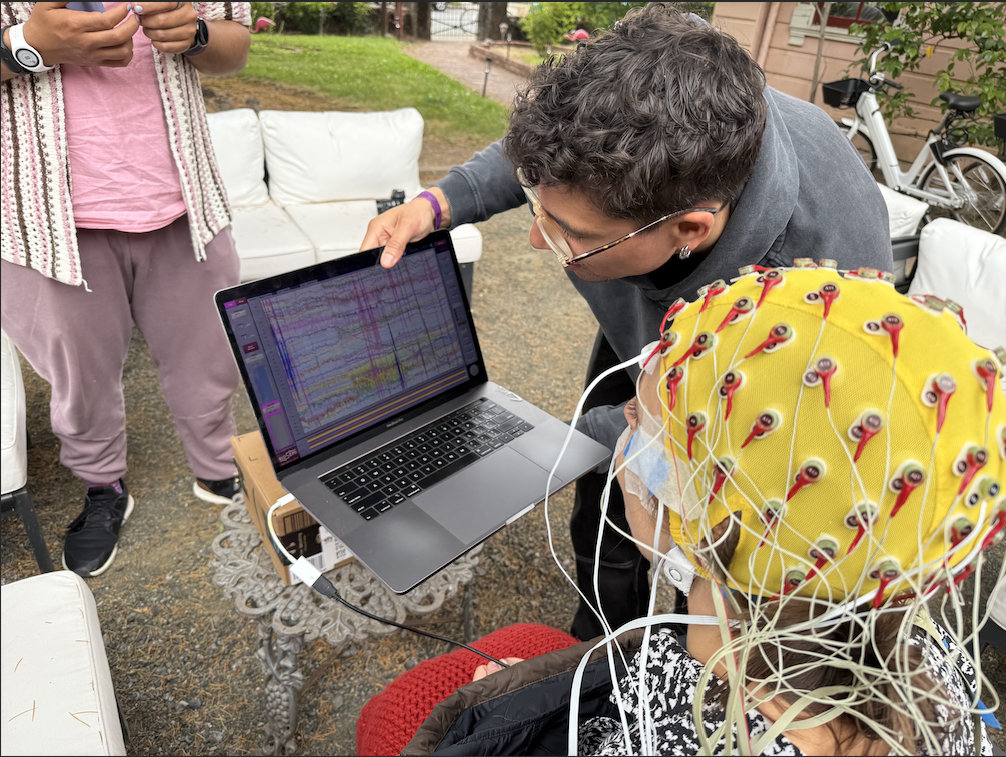
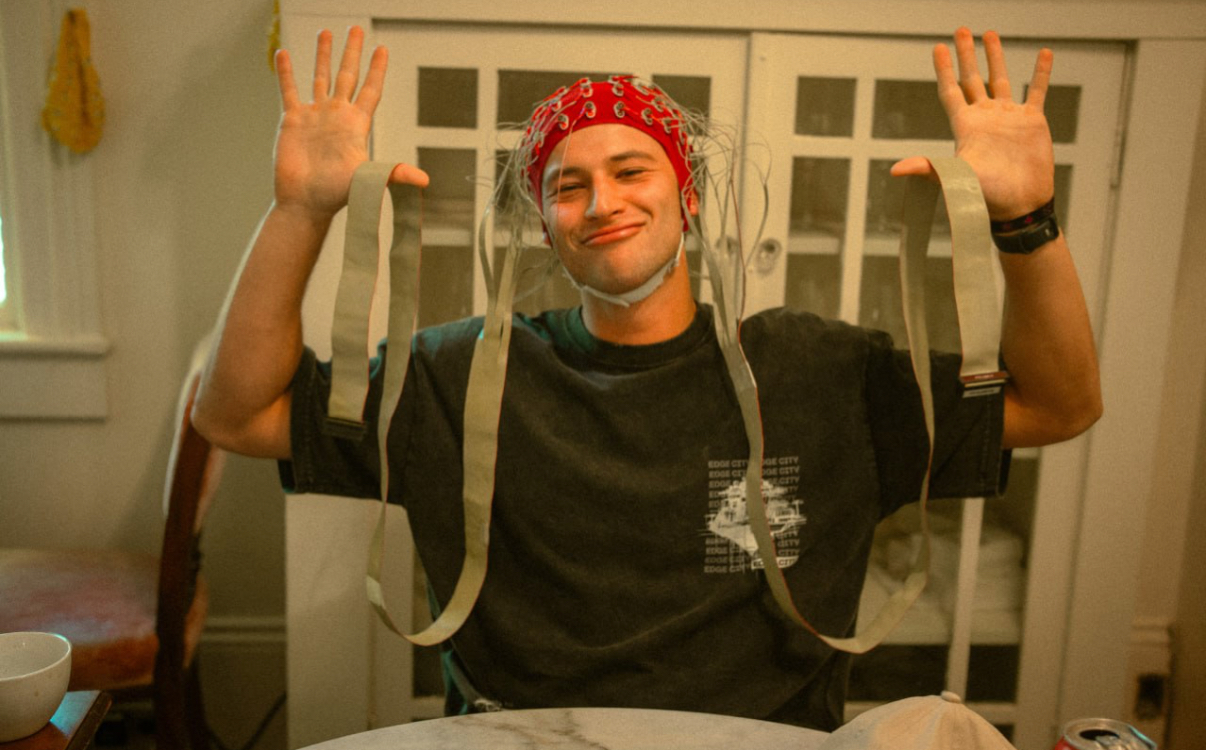
After, I'd meet up with some of the other fellows to grab one of the subsidized lunches to eat in the plaza. Then I would head over to the co-working space and work on my own personal neuro project: ultrasound brain imaging using Full Waveform Inversion. After staring at my code for a couple of hours, I usually planned out what sessions I wanted to attend that day. My favorites included the defining consciousness talk by Joscha Bach, or the open mic night (the first time I sang in front of an audience!). Afterwards, I would bike back and spend some time at Hotel Trio with the fellows, cooking dinner (or almost burning the hotel down). Each day was jam-packed, but the constant newness meant it never felt exhausting.
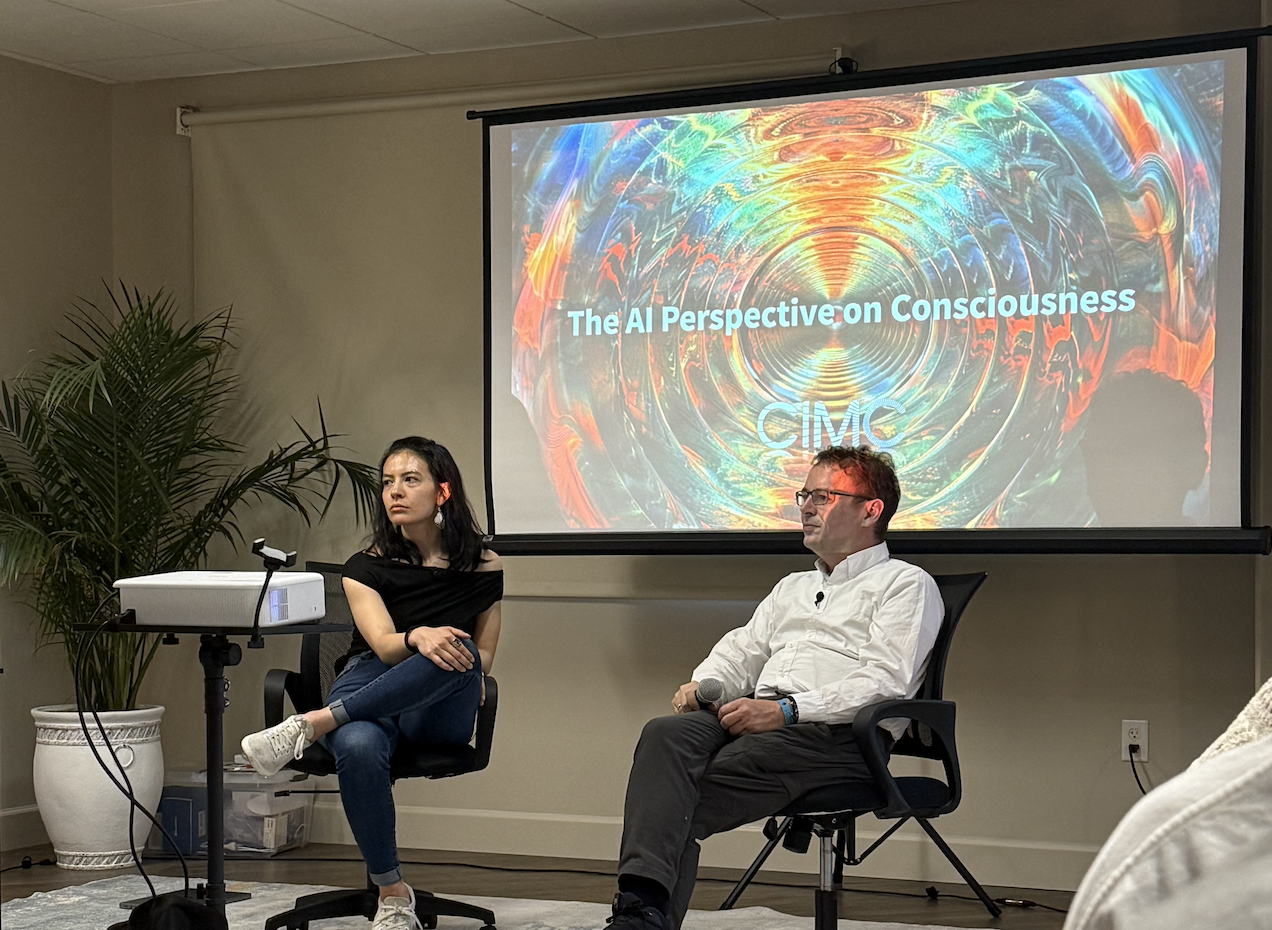
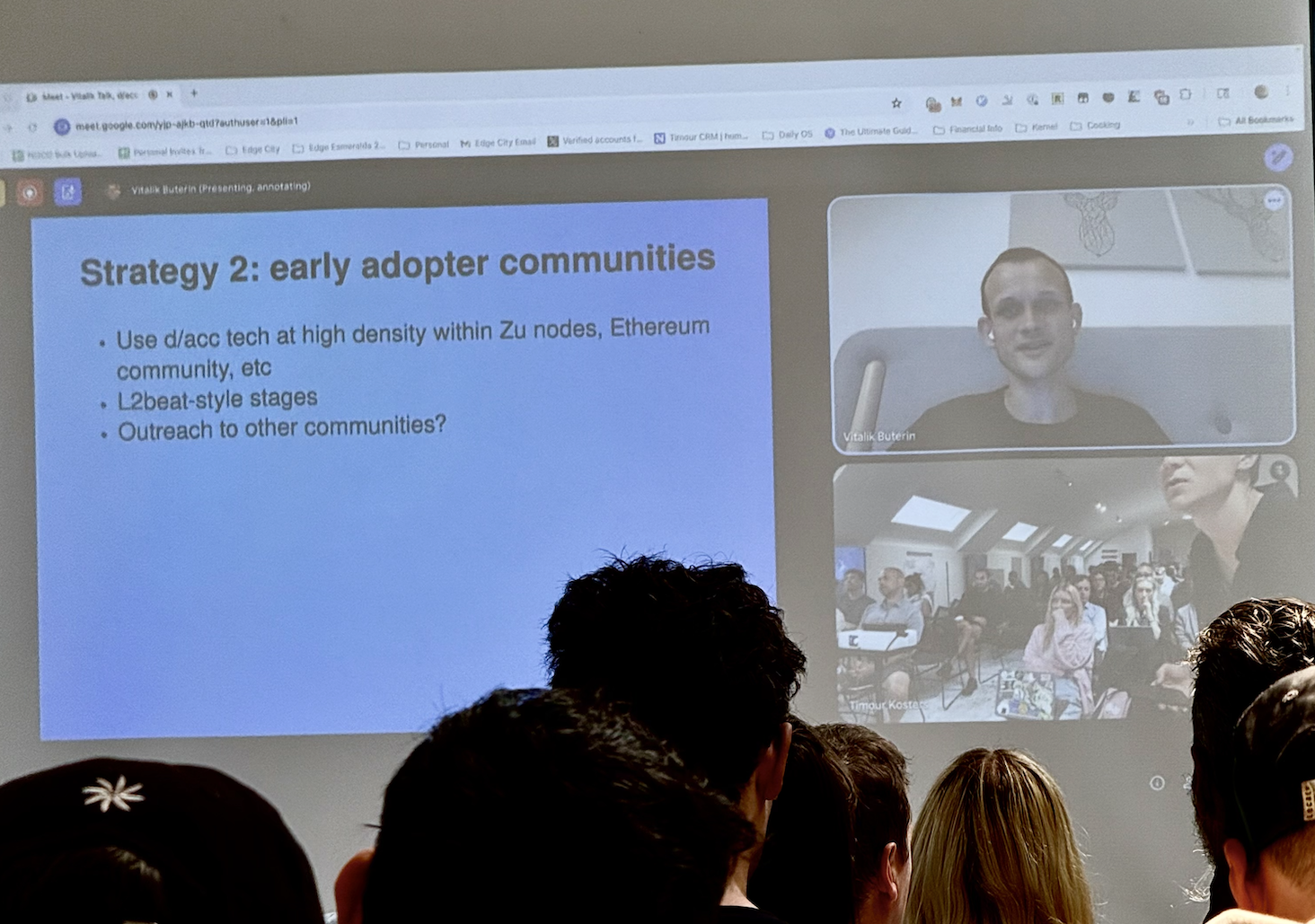
Unforgettable Moments and Connections
Then came the Neurotech Summit, where I got to meet some of the world's most renowned neuroscience professors and neurotech founders, casually sharing dinner while talking to them about what it was like to grow up in the Bay Area. And one of the perks of being a fellow was receiving everyone's contact information afterwards, allowing me to keep in touch even after the event ended.
And of course, there are the other fellows, people I'm so glad to have met. Even though they bought my website (janetshin.com) to mess with me, or were scheming to send me to the middle of Montana because I lost a bet, it was through these experiences that I felt like I met people I truly connected with. I mean, we even masked my birthday party as a networking session in SF so that a VC would pay for our dinner and arcade games (the best way to turn 19!). From Jason and I accidentally trespassing state property during our walk, to crashing the night on beanbags at Alex's hacker house, I formed lifelong memories and friends through Edge.
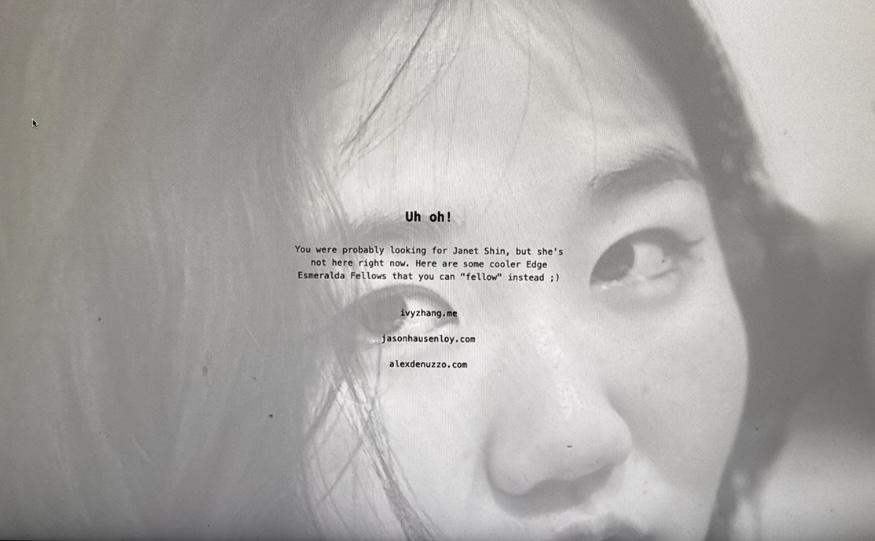
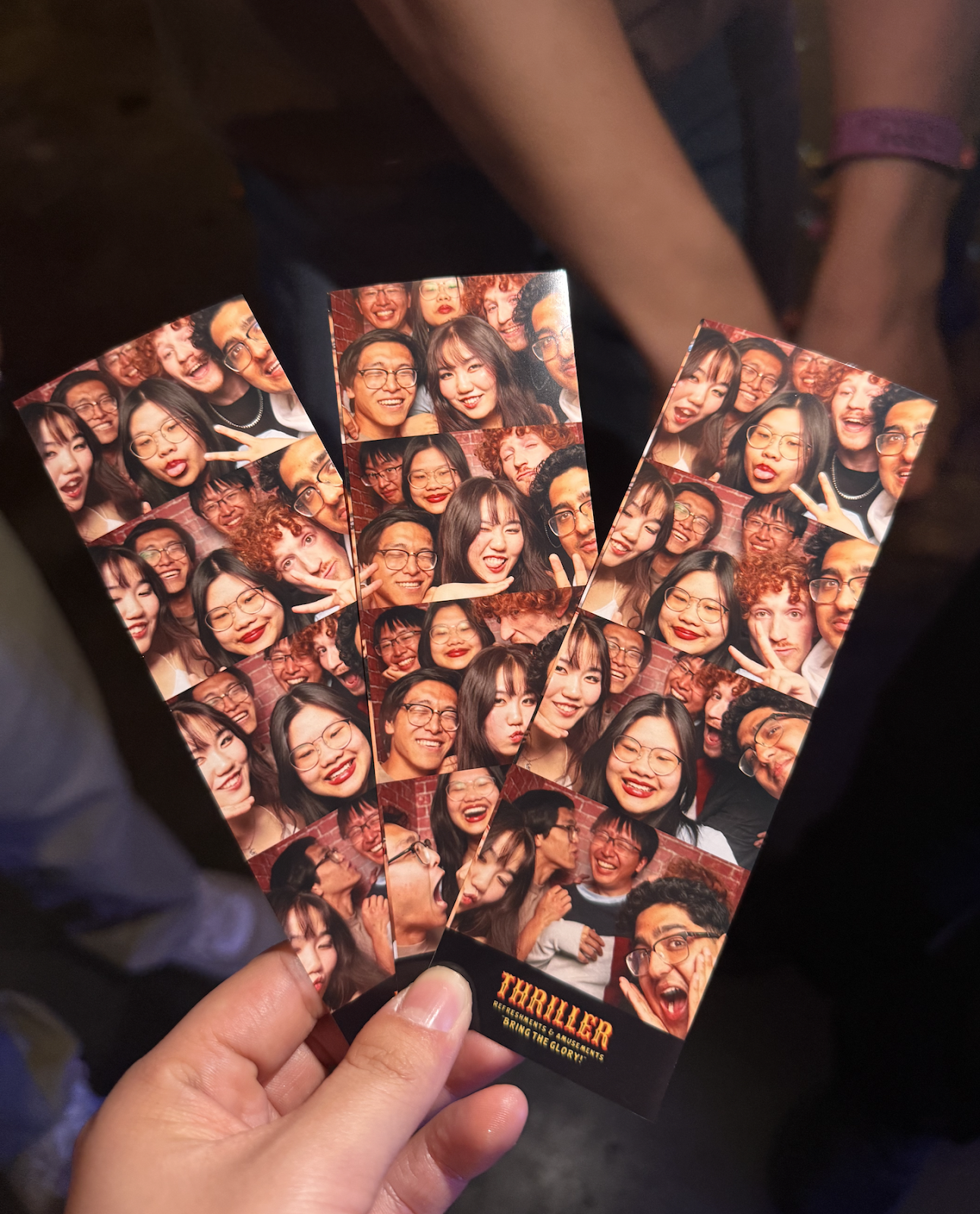
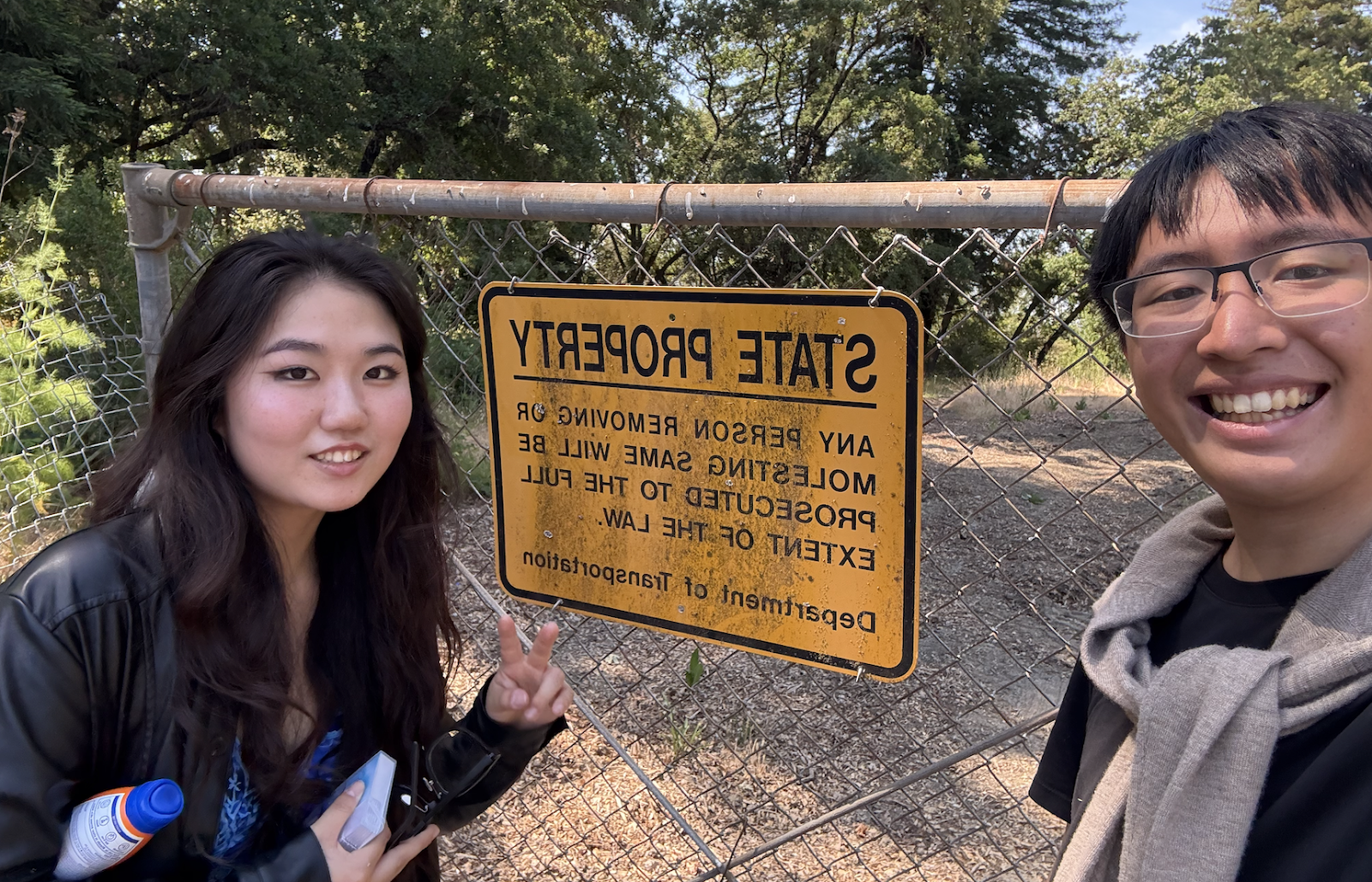
Serendipity Leads to Progress
So, if not for the two internship offers, working on a Python library with one of the co-authors of a paper that led me to start my project, or collecting EEG data to build neural foundational models, Edge City gave me experiences I could have never had anywhere else. Whether it was talking with the founders of Neuromatch, casually sharing an Uber with the founder of Neuralink, or learning to DJ with Arielle Zuckerberg, there were always these serendipitous interactions that simply wouldn't be possible elsewhere. But the best thing about Edge City wasn't any tangible result or accomplishment; it was the incredible circle of people I was able to meet. Edge City has this amazing culture of giving, where people will offer help in whatever way possible. From Patrick sponsoring a fellows' lunch where he paid for ten other people, or Guillermo and Raffi willing to sit down for hours to look at my code piece by piece, to Matteo and Avery letting me share all my worries and giving me mentorship and advice.
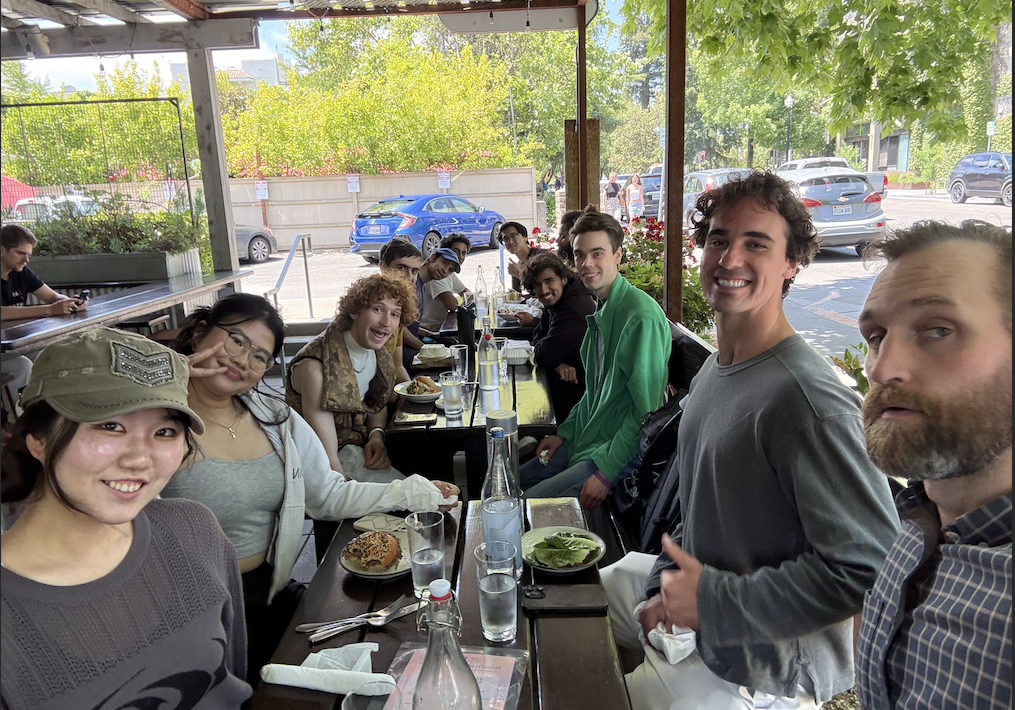
Your Turn: What You Give is What You Get
So if you're planning on applying, here is the best piece of advice I could give you: You get what you give. You create your own experience. If you're willing to invest a lot of time and effort to be involved in the community, the community will undoubtedly give back. It's this continuous cycle of giving that creates this beautiful ecosystem called Edge Esmerelda.
---
This is a guest post by Janet Shin, shared here with permission. The views are Janet's own and do not necessarily reflect the views of Edge City. Read more Edge City Fellowship reflections from Jason, Yogya, Anh, and Ivy.

